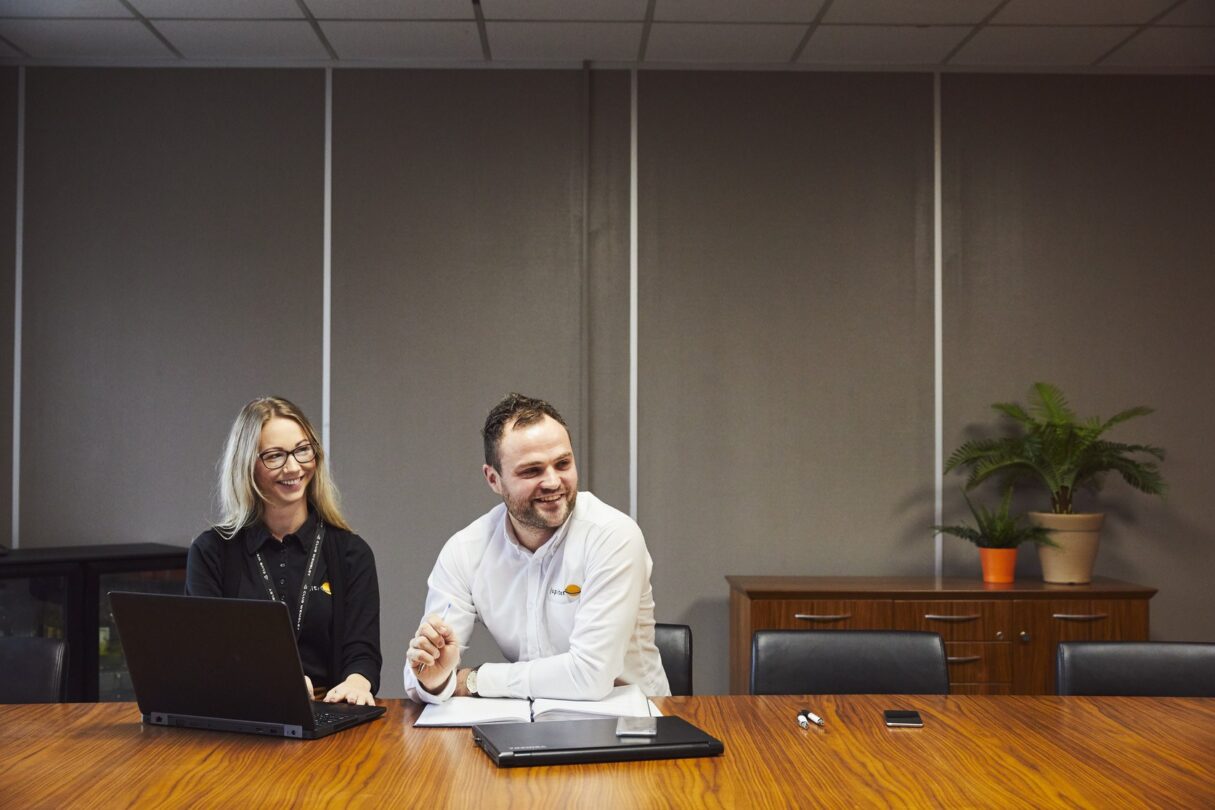Accountants
The accounting practice in 2030: What the future holds

What do you think an accounting practice will look like in 2030? That might sound like a long time away, but it’s actually just over a decade.
In the recently published Practice of Now report, which surveyed over 3,000 accountants worldwide, we found that 90% believe a cultural or evolutionary change is occurring within their profession right now. This can’t help but have a profound effect in the coming decade.
Put simply, things are changing.
The cause is a perfect storm of external influences converging on the accounting profession at the same time—everything from increasing client demands, to increasing legislative burdens, to generational changes.
The business landscape is changing too, in response to the same factors. For example, as the predominant demographic, the millennial and Gen-Z generations are coming increasingly to the fore as business owners. They bring with them a unique set of values. Is your firm ready for this?
Based on the research in the report, we were able to make five predictions about how a practice is likely to look in 2030. Here they are.
1. No manual data entry
What this means: Data will flow automatically from clients and their bank accounts into accountants’ systems. Manually keying data will become rare.
Of course, for some more progressive accounting firms, this is already turning into a reality.
There are perhaps two factors driving it. The first is the aforementioned millennial and Gen-Z business owners and operators, who are digitally native. Technology is their lifelong companion—and using it is literally second nature.
Their process of forming a business starts with technology, and they’re as likely to create a Facebook page as they are to incorporate their business with the relevant authorities. As a result, they also understand implicitly that accounting is best done digitally. One of the first things they’re going to do when asked to create their first invoice is find an app for their phone or tablet. This app will almost certainly be cloud-native, enabling the free flow of data. The millennial or Gen-Z user wouldn’t expect anything else.
The other factor driving this prediction is the increasing demands that legislation places on businesses, such as the digitization of tax and payroll. It can seem as if governments worldwide awoke one day and realized that technology was a useful way to enforce compliance, and avoid tax shortfalls. So, in several countries worldwide businesses have no choice but to use accounting software for certain aspects of their accounting. They generate the necessary data whether they like it or not.
What you can do to prepare: You need to ensure your half of the equation—the software you use in your practice—is ready to hook into the panoply of data sources that businesses will increasingly offer. Put simply, by 2030 only the most reluctant practices will not be using some kind of cloud-accounting solution—and those practices will pay the price daily when clients instinctively choose other accountants instead of them.
2. Real-time relationships
What this means: The relationship between an accountant and clients will be near-instant. The accountant will have a real-time view of their client’s business and will be able to interact with that client in real-time. The accountant will be a trusted partner or even a constantly present companion.
Considered in hindsight, accounting has until this point been prone to incredibly annoying delays. If a business operator wanted to see a list of aged debtors over 120 days, for example, then they might ask their accountant to create a report. That might take a few hours to complete in a busy practice, or perhaps even a day or two.
As such, businesses lacked the ability to respond to events in an agile way, while accountants lacked the opportunity to be truly responsive and helpful.
With the liberated, instant flow of data between client and accountant systems thanks to the initial prediction above, the relationship between a business and its accountant can’t help but fundamentally change. From an accountant’s perspective, this visibility can drive a whole host of new service offerings that will start to erode the perception that an accountant is simply for tasks like compliance or auditing. A whole new world will be out there waiting for accountants—provided they’re ready to take advantage.
What you can do to prepare: Ensure that your practice has the correct range of skills and experience to be able to build these kinds of relationships. You might look at training your existing staff, or look for these skills when recruiting. Indeed, a finding within the Practice of Now was that 82% of accountants say they are considering recruiting from a non-traditional background. Furthermore, 43% of respondents say that new accountants joining the profession should have industry experience outside of accounting.
Don’t leave preparations until too late. Start consider the necessary changes to your practice now.
3. Proactive alerts and notifications
What this means: Accountants will know instantly when things change for a client because the software they use will act as a third pair of eyes, watching out for dangerous situations—or even opportunities—24 hours a day, seven days a week.
Again, this builds on the first two predictions discussed above. An example might be that the accountant is alerted when their client suddenly incurs a lot of bad debt resulting from a big order placed by the client’s customer, whose credit rating is low.
Imagine phoning or messaging a client telling them that an order they’ve just received comes with caveats—and then detailing the most prudent course of action from a financial viewpoint.
This kind of proactive intervention delivers huge value for clients, and again shows a different path that accountants can follow in addition to the traditional tasks they undertake for business.
What you can do to prepare: Such a fundamental shift in relationships could involve changes such as ensuring all staff are able to help clients on an as-needed basis, perhaps by ensuring your client management software is able to record all communications staff might have with clients. It might be that the traditional process of assigning clients to individual accountants might need to be done away with so that all staff members can help as needed—and that this is communicated to the clients so they don’t find communicating with your practice difficult or frustrating.
These might feel like radical changes and ultimately they’re cultural changes within your practice—so start the discussions with your staff sooner rather than later.
The Practice of Now 2020
Discover how accounting is on the brink of positive disruption and what accountants and bookkeepers can do to be successful.

4. Preemptive problem solving
What this means: Accountants’ time will be spent proactively looking at business problems and seeing errors before they manifest themselves into year-end error corrections.
Ultimately, this is perhaps the most obvious manifestation of the switch to trusted adviser that’s been a regular discussion topic when crystal-ball gazing over the last couple of years.
Imagine contacting a client to say they’ll be in a negative cash flow position in three or four weeks time—and then telling them how to try and avoid it. To a client this kind of observation feels like magic—“How is my accountant able to know this kind of thing?”—but it’s just one way of leveraging the experience and knowledge virtually every accountant has built up over their careers.
But being able to share this isn’t just about adding value for clients. It can lead to more a satisfying and fulfilling working life too. Few accountants entered the profession just to grind away at year-end time ensuring taxes were paid correctly.
The accountant as a kind of superhero, swooping in to solve problems? Why not?
What you can do to prepare: Many of these predictions indicate how communications with clients is likely to change in the coming years, and this needs to be built into your processes. You might start sounding-out existing clients to see how receptive they would be to this kind of intervention, perhaps by issuing surveys or simply just tacking on a discussion about it to existing communications like phone calls or emails. For new clients you take on, this kind of discussion should become a key part of any discussion you have about your service offerings and the value you offer. Again, you might need to adapt your processes to reflect this.
5. Higher fees—but better value
What this means: Accountants will charge more to clients than they do today because of their increased value due to their advisory services. Fees might not grow by that much, of course, but accountants will be able to monetize better.
Although most businesses like to watch their expenses closely, you know from experience that most are prepared to pay for the value they receive. And if you start to offer more value then increasing fees, or realigning them with the services you offer, should not be too difficult.
You might be able to switch from one-off fees to monthly or yearly retainers, for example. Again, if the fees match the perceived and demonstrable value then no business will think this is a bad idea. Swooping in to discuss fees when you’ve just saved a client a substantial amount of money is, of course, the best timing!
What you can do to prepare: Start thinking about pricing now, and start to look at how your more progressive competitors price their services for things like advisory services. If you do indeed issue a survey to your clients, as mentioned earlier, then add-in some sensitive questions about what kind of deals clients believe are best—although remember that until they’ve experienced the benefits of advisory services then they might not be able to envisage the true value of what you’re offering.







Thank you so much for this article. how can an accountants prepare academically for all these?
what courses or trainings can we take to prepare for these future skills